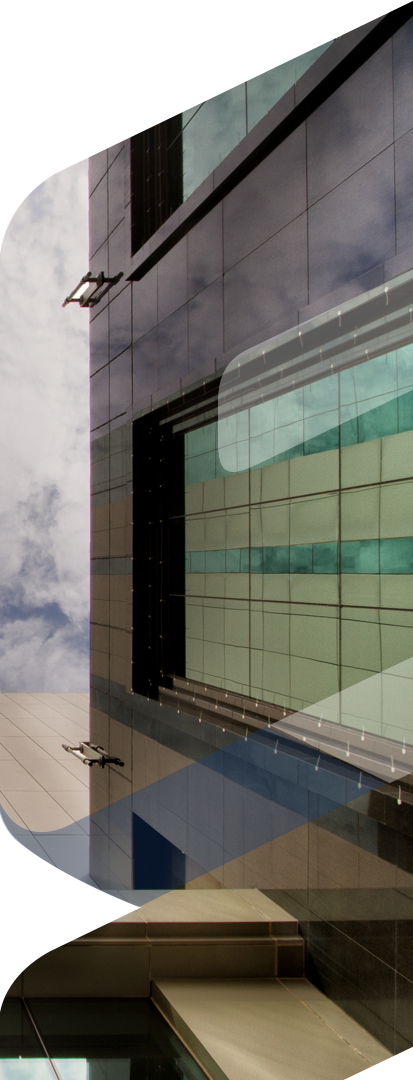
Kuwait is a small country of 17,818 km2 at the apex of the Arabian Gulf. With little above 3 million residents, it is a wealthy country with a relatively open economy. Kuwait gained independence from the United Kingdom in 1961. It was the first Gulf country to have an elected parliament and since 2006 has been ruled by Sheikh Sabah al-Ahmed al-Jaber al-Sabah, the Emir of Kuwait, who formerly served as Prime Minister.
Kuwait is a leading oil producer with around 10 percent of the world’s crude reserves. Since the development of the petroleum industry after World War II, oil has dominated the local economy, accounting for almost 50 percent of GDP and 90 percent of export revenues.
While destruction of the oil industry during Iraq’s 1990-91 occupation was extensive, damage to Kuwait’s exploitable reserves was estimated at only two percent. By mid-1994, crude production capacity recovered to 2.4 million bpd, and refinery capacity was back to pre-invasion levels.
Today, Kuwait Petroleum Company is the seventh largest oil company in the world. It has extensive overseas operations including refineries and large downstream distribution networks in western Europe. The country now exports almost 80 percent of its products outside the Arab world.
Prior to the global financial crisis, the oil prices sustained at record highs, and Kuwait’s low interest rates along with inflation were continuing to drive an economic boom. However, although Kuwait was better prepared than most countries to handle the fallout from the global financial crisis the economy was still effected. The decline in oil prices delayed the economic growth. Real GDP declined at an estimated rate of -1.2 percent in 2009. (International Monetary Fund, 2009 Country Report).
Kuwait’s private sector is investing over $ 8 billion in large-scale commercial ventures while the Government has unveiled a series of billion-dollar infrastructure projects to cater to the needs of Kuwait’s rapidly growing population.
Kuwait’s government has opened up 11 sectors to foreign investors including education, health, banking, telecommunications, petrochemicals, hotels and insurance. At the same time, much of the new liquidity is streaming into the real estate sector where unprecedented levels of investment are taking place. Among the planned mega-projects are:
Four new cities to house citizens and residents.
A $ 1.5 billion bridge to link Kuwait City with the new city planned at Subiya.
Highway upgrades to the value of $5 billion for the coming four years.
A new campus at Kuwait University worth $ 3 billion.
The $ 3.3 billion Falaika Island tourism scheme.
A state-of-the-art seaport at Bubiyan Island costing $ 2 billion.
Key facts
Population: 3.583 million (Kuwait Public Authority for Civil Information 2015)
Capital: Kuwait City
Area: 17,818 sq km (6,880 sq miles)
Major languages: Arabic and English
Major religion: Islam
Monetary unit: 1 Dinar = 1000 fils
GNI per capita: US $ 42,810 (World Bank, 2015)
Internet domain: .kw
Intl. dialling code: +965